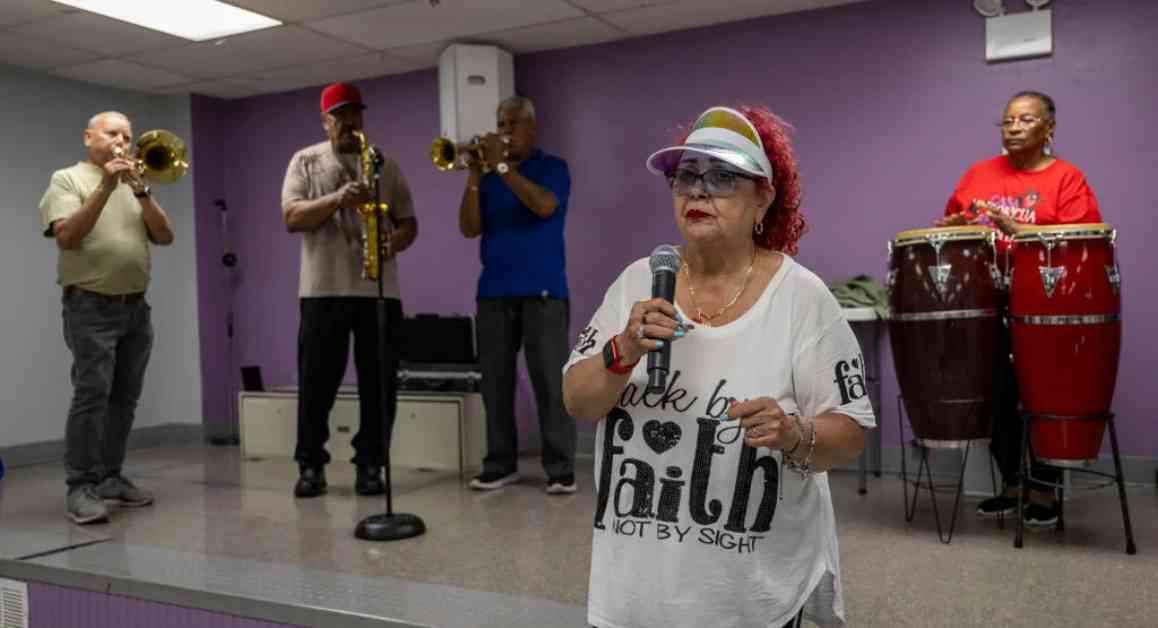Boosting Life Expectancy: Can the City Extend Average Lifespan by 1.5 Years?
In a groundbreaking study conducted by leading health experts, New York City is on the brink of a potential breakthrough that could extend the average lifespan of its residents by a staggering 1.5 years. With the city’s diverse population and bustling urban landscape, this research holds the promise of improving the overall well-being and longevity of its inhabitants. But how exactly can this monumental feat be achieved, and what does it mean for the future of public health in the Big Apple?
The Study: Unveiling the Potential for Longer Life
Led by a team of renowned epidemiologists and public health specialists, the study delves into the various factors that contribute to life expectancy in New York City. By analyzing data from a wide range of sources, including healthcare records, demographic information, and lifestyle habits, researchers have identified key areas where targeted interventions could make a significant impact on longevity.
One of the most striking findings of the study is the correlation between access to quality healthcare and life expectancy. In neighborhoods where residents have easy access to medical care, the average lifespan is notably higher than in areas with limited healthcare resources. This highlights the critical importance of ensuring equitable access to healthcare services for all New Yorkers, regardless of their socioeconomic status or background.
Additionally, the study also underscores the role of preventive care in prolonging life. By promoting healthy lifestyle choices, such as regular exercise, balanced nutrition, and routine screenings, individuals can reduce their risk of developing chronic diseases and other health conditions that can shorten life expectancy. This emphasizes the need for comprehensive public health initiatives that prioritize prevention and wellness at every stage of life.
The Road Ahead: Challenges and Opportunities
While the prospect of extending the average lifespan by 1.5 years is certainly exciting, it also poses a number of challenges for policymakers, healthcare providers, and community leaders. In order to realize this ambitious goal, concerted efforts will be needed to address the root causes of health disparities and inequities that persist in many parts of the city.
One key area of focus will be improving access to healthcare services in underserved communities. By expanding the availability of primary care providers, specialists, and preventive health programs in these areas, residents can receive the care they need to live longer, healthier lives. This will require collaboration between government agencies, healthcare organizations, and community stakeholders to ensure that resources are allocated effectively and equitably.
In addition to expanding healthcare access, the city will also need to invest in public health initiatives that promote healthy behaviors and lifestyles. This may include initiatives to increase physical activity, improve nutrition, reduce tobacco use, and address other risk factors that contribute to premature mortality. By empowering residents to take control of their health and well-being, the city can create a culture of wellness that supports longevity for all.
Expert Insights: The Path to a Healthier Future
Dr. Sarah Chang, a leading epidemiologist and co-author of the study, emphasizes the importance of taking a holistic approach to improving life expectancy in New York City. “We have the opportunity to make a real difference in the health and well-being of our residents by addressing the social, economic, and environmental factors that influence longevity,” she notes. “By working together to create a more equitable and inclusive healthcare system, we can help all New Yorkers live longer, healthier lives.”
As the city looks towards a future where residents can enjoy longer, more fulfilling lives, the findings of this study offer a glimmer of hope and inspiration. By prioritizing access to quality healthcare, promoting preventive care, and addressing health disparities, New York City has the potential to become a beacon of health and wellness for generations to come. With collaborative efforts and a shared commitment to public health, the city can pave the way towards a brighter, healthier future for all.












